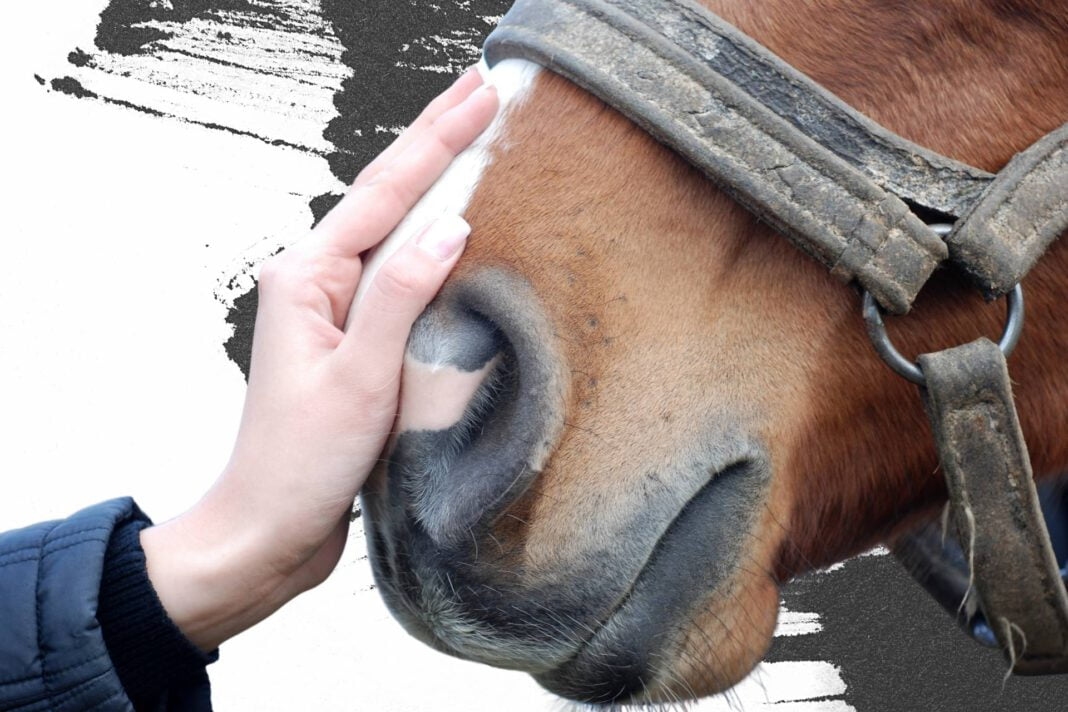Menu

We probably all do it - talk to our horses. Even we never get an answer in return we still feel that our horse understands us. The horse does not, of course, understand when we talk about the boyfriend at home or the newest discount on breeches at the local equipment store. But do you remember to listen to your horse?
It is a recurring subject that we should listen more to our horse. Research demonstrates that horses actually can communicate with us when they need help. Horse behaviour explains a lot about how they feel and whether they are looking for help. And riders can learn a lot just by listening.
A Japanese research team developed two different experiments.
In the first experiment an assistant was hiding some carrots in a bucket. The owner came over to the horse, and the horse tried to indicate that the carrots were hidden. The horse tried to “push” the owner to receive help.
In the second experiment the carrots were hidden away while both the horse and owner were observing it. The horse still communicated to the owner to have the carrots. However, the horse gave up faster than in the first example.
Before the experiments, the Japanese scientists observed how owner and horses were communicating in general. The experiments with the carrots were completed several times, and the scientists concluded that horses are able to change behaviour from what the horse owner already knows.
Even it might not be news to most riders that our horses would do anything to get treats, it is still interesting that horses can change behaviour in terms of what from they know that the owner is aware of.
A similar study was put together in Norway. In the research the horse’s ability to communicate was investigated via symbols. 22 horses were trained a few weeks to understand the difference between three various signs.
After the training, it was tested which signs the horses chose in different weather. One day with 9 degrees it was investigated if the 22 horses wanted to wear a blanket. 10 horses, who already had a blanket on, selected the white sign – no change. The other 12 horses did not have a blanket on - 10 of these “picked” the blanket-on sign. The last two horses were tested in minus degrees where they both decided for the blanket-on sign.
The same test was performed on a hot day (20-23 degrees). 10 horses had already blankets on. All 10 horses chose the blanket-off sign. 12 horses without blankets went for no changes.
Kilde: Equus Magazine, Fritidsmarkedet, Videnskab, Horsechannel